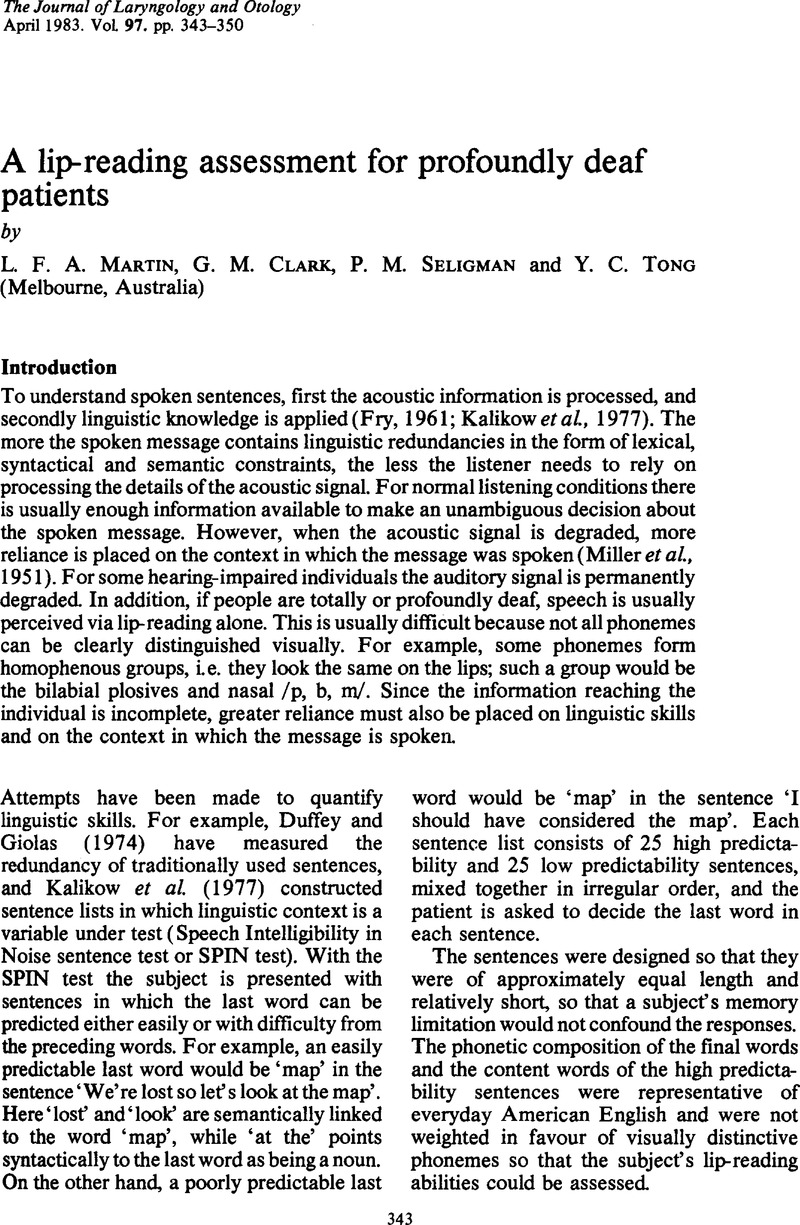Crossref Citations
This article has been cited by the following publications. This list is generated based on data provided by Crossref.
Dostal, Hannah
Gabriel, Rachael
and
Weir, Joan
2017.
Supporting the Literacy Development of Students Who Are Deaf/Hard of Hearing in Inclusive Classrooms.
The Reading Teacher,
Vol. 71,
Issue. 3,
p.
327.
Devesse, Annelies
Dudek, Alexander
van Wieringen, Astrid
and
Wouters, Jan
2018.
Speech intelligibility of virtual humans.
International Journal of Audiology,
Vol. 57,
Issue. 12,
p.
914.



